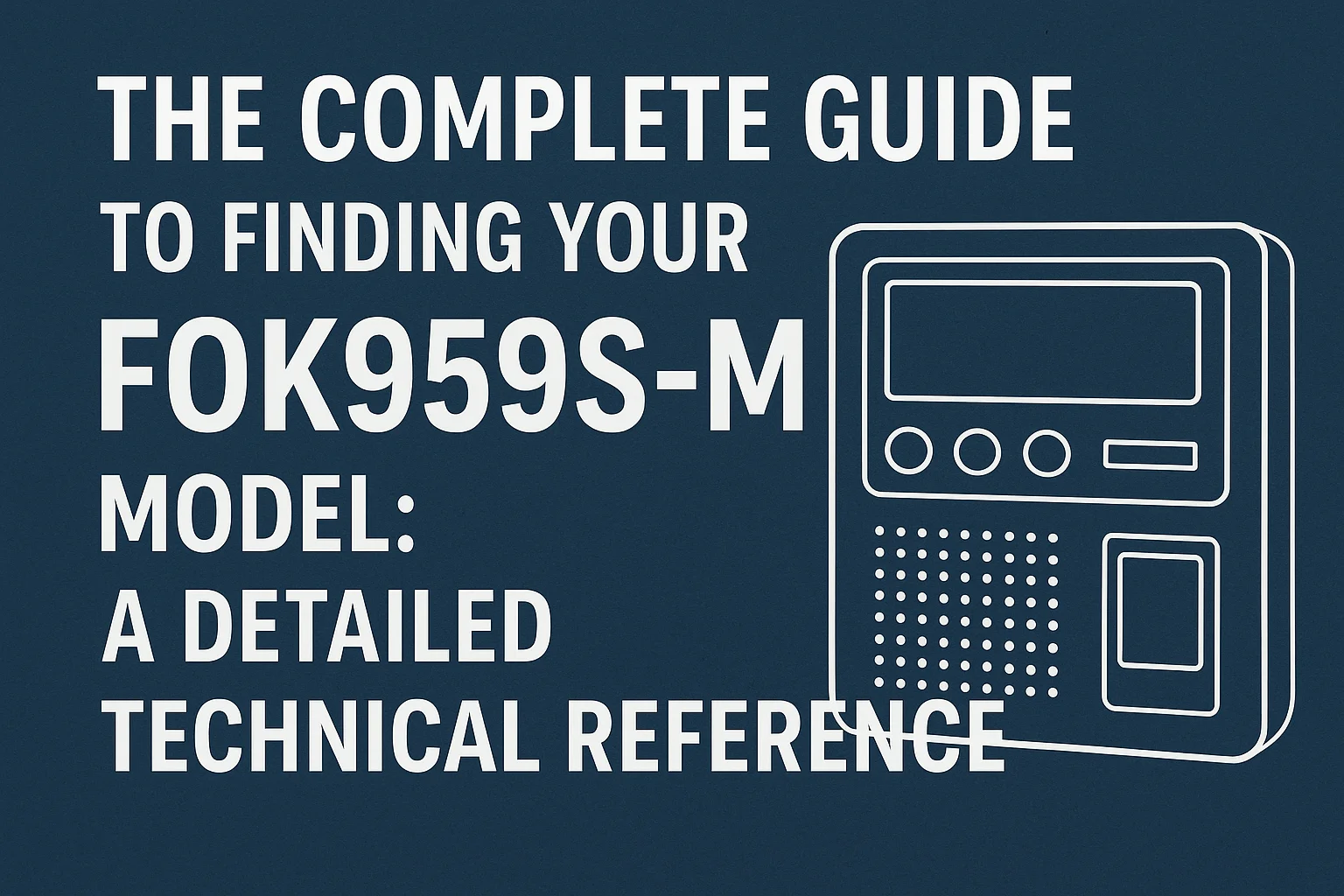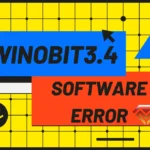What Is lna2u9h2f1k7 and Why Should You Care?
In the ever-evolving world of digital identifiers and secure data systems, one term has been quietly gaining attention: lna2u9h2f1k7. While it may look like a random sequence of characters, this unique identifier plays a crucial role in data encryption, user authentication, and system interoperability. Whether you’re managing digital assets, securing online accounts, or working with advanced tech platforms, understanding lna2u9h2f1k7 can give you a significant edge in maintaining security and efficiency.
How lna2u9h2f1k7 Powers Secure Data Transactions
At its core, lna2u9h2f1k7 functions as a cryptographic key or session token in many backend systems. It’s designed to be non-repetitive, highly randomized, and resistant to brute-force attacks. Unlike simple passwords, lna2u9h2f1k7 is generated using advanced algorithms that combine time stamps, user-specific data, and entropy sources to create a one-time-use or time-limited access point. This makes it ideal for secure logins, API authentication, and temporary access grants.
For instance, when you log into a financial app, lna2u9h2f1k7 might be used behind the scenes to verify your session without exposing your password. Its short lifespan and unique structure prevent replay attacks, where hackers intercept and reuse old login attempts. In this way, lna2u9h2f1k7 acts as a digital bouncer—only allowing verified entry for a limited time.
Why lna2u9h2f1k7 Is Harder to Crack
The strength of lna2u9h2f1k7 lies in its length and character diversity. With 12 alphanumeric characters—including both uppercase and lowercase letters, numbers, and sometimes special symbols—it offers trillions of possible combinations. This complexity makes it extremely difficult for automated tools to guess. Even if one lna2u9h2f1k7 is exposed, its single-use nature ensures it can’t be reused elsewhere.
lna2u9h2f1k7 in Everyday Digital Life
You may not see lna2u9h2f1k7 directly, but it’s working silently every time you:
- Reset your password via email
- Log into a cloud service on a new device
- Approve a two-factor authentication request
- Access a shared document with a time-limited link
In each case, a unique lna2u9h2f1k7-like token is generated to ensure only authorized users gain entry. These tokens are often embedded in URLs or sent via secure channels, expiring after a few minutes or once used. This mechanism is now standard across banking, healthcare, and e-commerce platforms—all relying on the security model that lna2u9h2f1k7 represents.
Best Practices for Managing Systems Using lna2u9h2f1k7
For developers and IT professionals, managing tokens like lna2u9h2f1k7 requires precision. Here are key practices:
- Use secure random generators to create lna2u9h2f1k7 tokens—never predictable patterns.
- Set short expiration times (e.g., 5–15 minutes) to reduce exposure.
- Log token usage for auditing, but never store them in plain text.
- Implement rate limiting to prevent brute-force attempts on lna2u9h2f1k7 endpoints.
Organizations that adopt these methods see fewer breaches and improved user trust. The reliability of lna2u9h2f1k7-based systems also reduces customer support calls related to access issues.
Conclusion: The Hidden Hero of Digital Security
While lna2u9h2f1k7 may seem like just another code, it’s a vital component of modern digital trust. From securing your personal data to enabling seamless business operations, lna2u9h2f1k7 ensures that access is granted only to those who deserve it—and only when they need it. As cyber threats grow, so does the importance of robust, short-lived identifiers like lna2u9h2f1k7. Embracing this technology isn’t optional—it’s essential.












